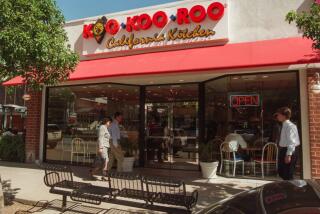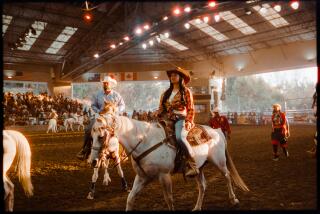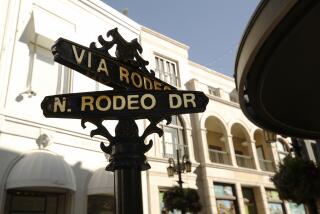Oklahoma National Stock Yards turn 100
Although they’re huddled close, the tens of thousands of cattle are remarkably quiet.
The cowboys traversing the blocks-long boardwalk above hear only the occasional bellow below. In familiar hats, jeans and boots, the men — and some women — make their way toward the bustling auction arena. Some come to the Oklahoma National Stock Yards just to watch the bustle of cattle, but most come, checkbook in hand, to bid and to buy.
This has been going on in Oklahoma City for 100 years, since cattlemen began bringing their critters to market here.
Now these yards are a relic, the last place on the plains where cattle are bought and sold in huge quantities. The scent of cow dung (some call it the scent of money) hangs in the air.
City slickers may not see any charm in the flat Oklahoma prairie and the smell of cows. But as the auction house and the surrounding neighborhood celebrate their centennial — the first sale was on Oct. 3, 1910 — the neighborhood now known as Stockyards City has plenty to interest even the most gentrified guest.
On Agnew Avenue, the main drag through the district, cattle trucks rumble past a couple of businesses that also opened a century ago: the Exchange Pharmacy, where an old orange-and-blue Rexall Drugs sign still hangs and, several doors down, the Cattlemen’s Steakhouse.
The cover of the lasso-adorned menu tells the restaurant’s story. “In 1910, Cattlemen’s opened its doors to proudly serve cowboys, ranchers, cattlehaulers and the like,” it reads. “Over the years, we’ve been known to sneak in an occasional lawyer, doctor, [and] businessman…”
Anyone can start his day with an order of calf brains and eggs ($6.50) or finish the day with the T-bone steak ($25.95) that President George H.W. Bush raved about after a 1992 visit.
Whether they’re country or city folk, nearly everyone who walks through the door wears a cowboy hat. The hats are not so much a fashion statement as a part of the culture. Some of the finest headgear is handmade half a block away at Shorty’s Caboy Hattery.
Lavonna Koger, nicknamed “Shorty,” has been making cowboy hats, one at a time, in the back of her shop for the last 20 years.
These aren’t your mass-produced Stetsons or Resistols. Shorty and her crew produce about only 900 hats a year, which is reflected in the price.
“They start at $475 and go up to $1,500,” she says, adding that her customers are willing to pay for the best.
“They want top quality. They like it to look a certain way. If they’re having trouble keeping a hat on their head, we can customize it.”
Koger welcomes visitors to watch as the hats are made from beaver pelts (it takes four to make one hat). The finished hats are guaranteed to keep their owners dry and warm on even the nastiest day. And they seem to survive just about any form of abuse. Koger proudly tells the story of one customer whose home was wiped out by a tornado.
“Three or four years later, he found that hat hanging up in a tree,” she says proudly. “It was in good shape. He brought it in, we cleaned it up and he’s wearing it today.”
Nearby, in a narrow building in which cowboys used to grudgingly remove their hats for haircuts, Jack Wells uses paintbrushes, not scissors, to ply his trade.
Wells and his late brother, Justin, born and raised on a central Oklahoma horse ranch, both became artists.
“We grew up ridin’ and ropin’ and showin’ horses,” Jack says. “It just came natural to us to draw horses,” something he was doing by the sixth grade.
For the last 30 years, the walls of the small gallery and workshop have been covered with watercolors and oil paintings.
Wells remembers visiting the stockyards as a boy in the 1950s. At that time, there was little to attract anyone other than cowpokes to the neighborhood.
“The streets were all brick,” he says. The community “was all stock-related, Western-related.”
The artist is proud to be a part of the renaissance of this century-old district, where past and present proudly mingle. As part of this year’s celebrations, Wells created the Stockyards City archway that now rises above Agnew Avenue, a tribute to the yards’ history and staying power.
travel@latimes.com
More to Read
Sign up for The Wild
We’ll help you find the best places to hike, bike and run, as well as the perfect silent spots for meditation and yoga.
You may occasionally receive promotional content from the Los Angeles Times.






